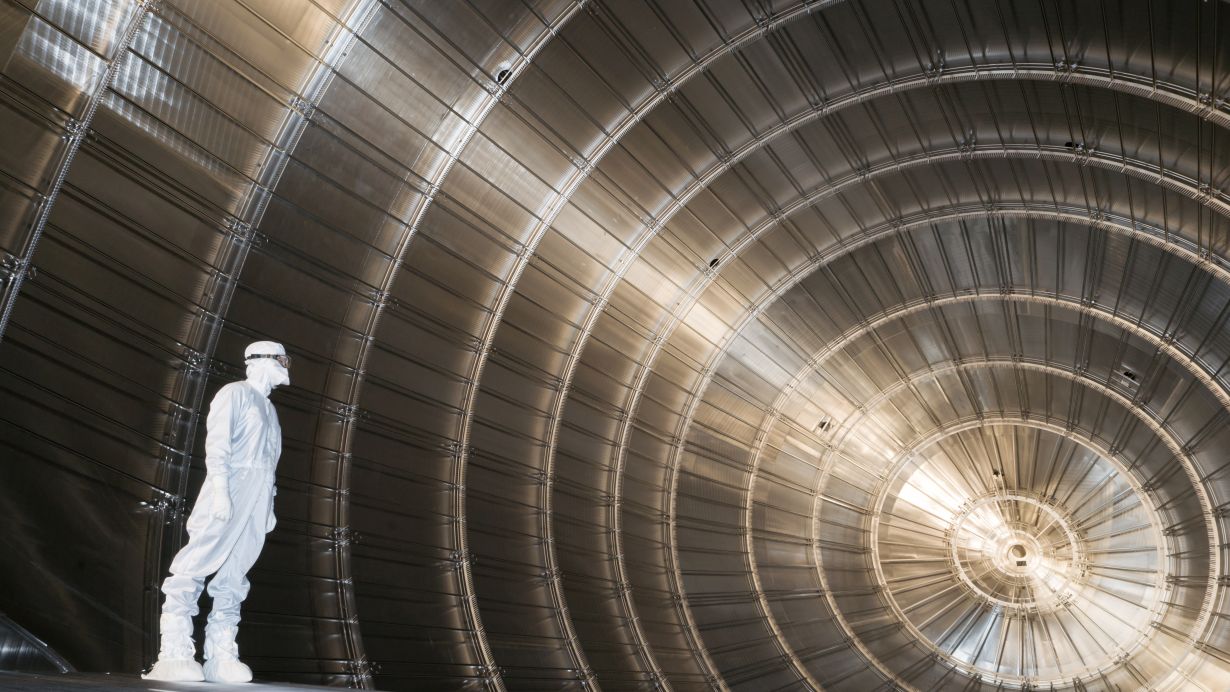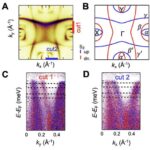Image by vat loai from Pixabay
In a groundbreaking development, researchers at the École Polytechnique Fédérale de Lausanne (EPFL) have unveiled a flexible auditory brainstem implant (ABI) that could transform the landscape of hearing restoration. This innovative device offers a promising alternative for individuals who cannot benefit from traditional cochlear implants.
The Challenge with Traditional Hearing Implants
For individuals with damaged or absent auditory nerves, cochlear implants—which stimulate the cochlea to transmit sound signals—are ineffective. In such cases, auditory brainstem implants (ABIs) have been employed to bypass the cochlea and directly stimulate the brainstem. However, conventional ABIs are rigid and flat, making it challenging to conform to the brainstem’s curved surface. This mismatch can lead to suboptimal stimulation and unintended side effects.
Introducing the Flexible Auditory Brainstem Implant
The EPFL team’s new ABI design addresses these limitations by utilizing a soft, flexible material that conforms seamlessly to the brainstem’s contours. This adaptability ensures more precise stimulation of the auditory pathways, potentially enhancing hearing restoration outcomes and minimizing adverse effects.
Implications for Hearing Restoration
This advancement holds significant promise for individuals with conditions like neurofibromatosis type II, where tumors damage the auditory nerves, rendering cochlear implants ineffective. By providing a more natural interface with the brainstem, the flexible ABI could offer improved sound perception and quality of life for these patients.
Looking Ahead
While the flexible ABI is still in the research and development phase, its potential to revolutionize hearing restoration is undeniable. Further studies and clinical trials will be essential to validate its efficacy and safety in human subjects.










